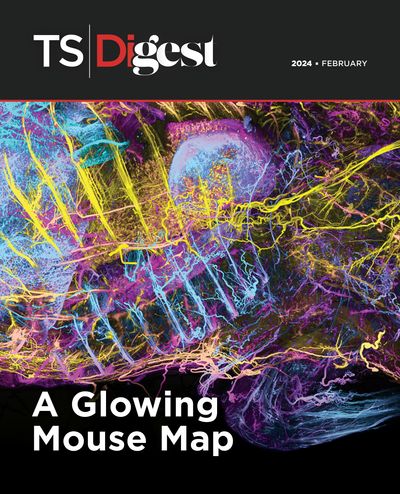Work and Life: Balance or Blend?
Some scientists strive to separate work from life, while some prefer to mix them.
About a decade ago, a few lab mates and I set off on a mission to explore a newly opened local karaoke joint. Hours passed by with us singing away our troubles, and only when we realized the threat of missing the last bus did we surrender our microphones. As the bus dawdled along, one of my lab mates prepared to disembark a couple of stops ahead of her home. On seeing our puzzled expressions, she succinctly explained, “My cells need me.” We all nodded understandingly.
These words, or some version of them, have been uttered by most scientists during their stints in the lab. None of us were strangers to tending cells on weekends or staying up nights in the hopes of collecting publication worthy data. I remember thinking at the time how burdensome the expectations—imposed by the system or by scientists themselves—are in academia. On social media platforms, I regularly come across researchers voicing their concerns about the extraordinary number of hours they feel compelled to invest in the competitive academic environment, which often hampers their work-life balances.
A couple of years ago though, I came across a fresh perspective on this topic. When I questioned a panel of successful women scientists about their work-life balances, they opined that the term is misleading. One joked that she is very much alive at work. Another researcher agreed; when one doesn’t stop being a spouse or a parent at work, why should they stop working outside the lab or office, she questioned. If spending hours on her work truly excites her, why does that imply that she is not balancing life?
I found it interesting that some scientists require defined boundaries, while others prefer no demarcation between the two concepts. Which side do you land on in the work-life balance versus blend debate?
Share your opinion.


